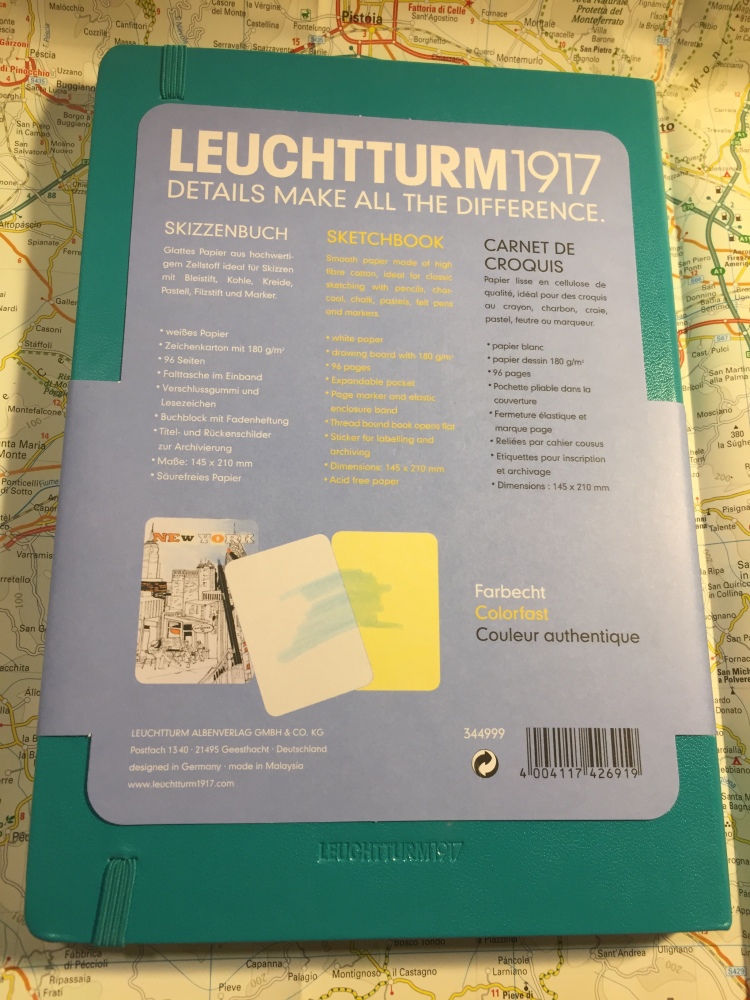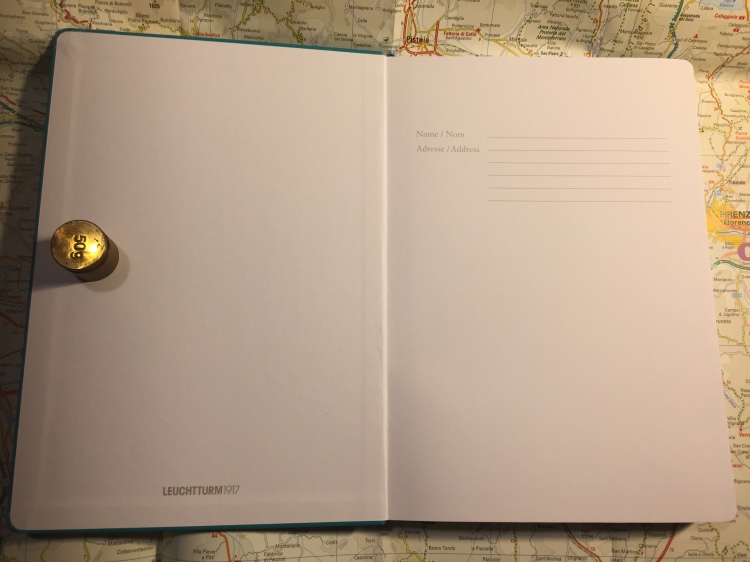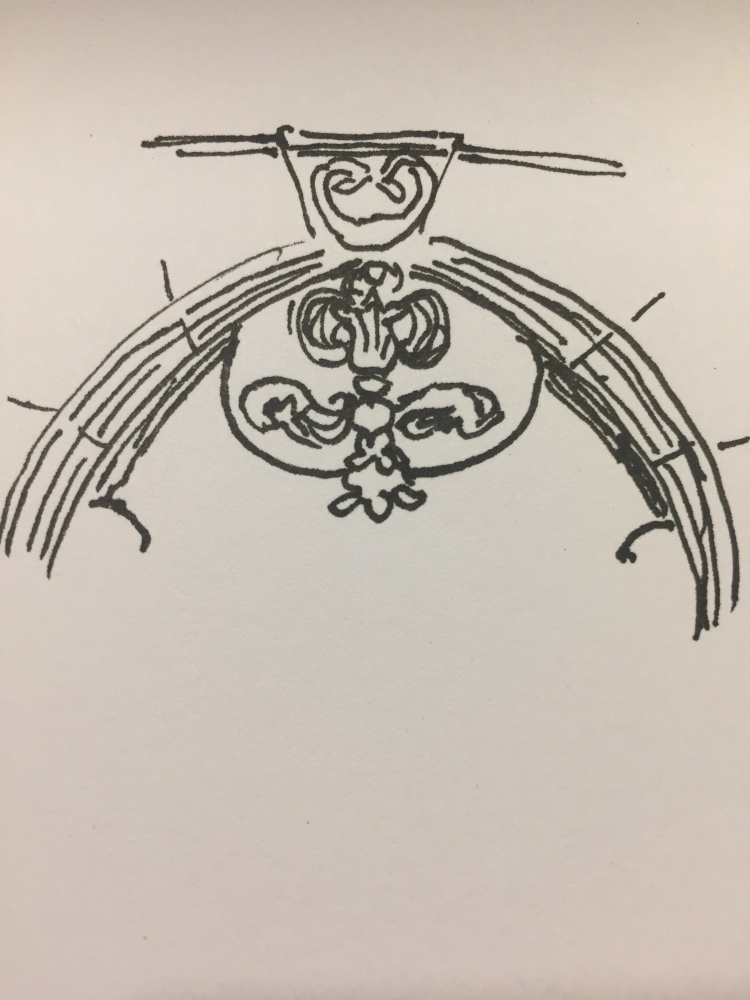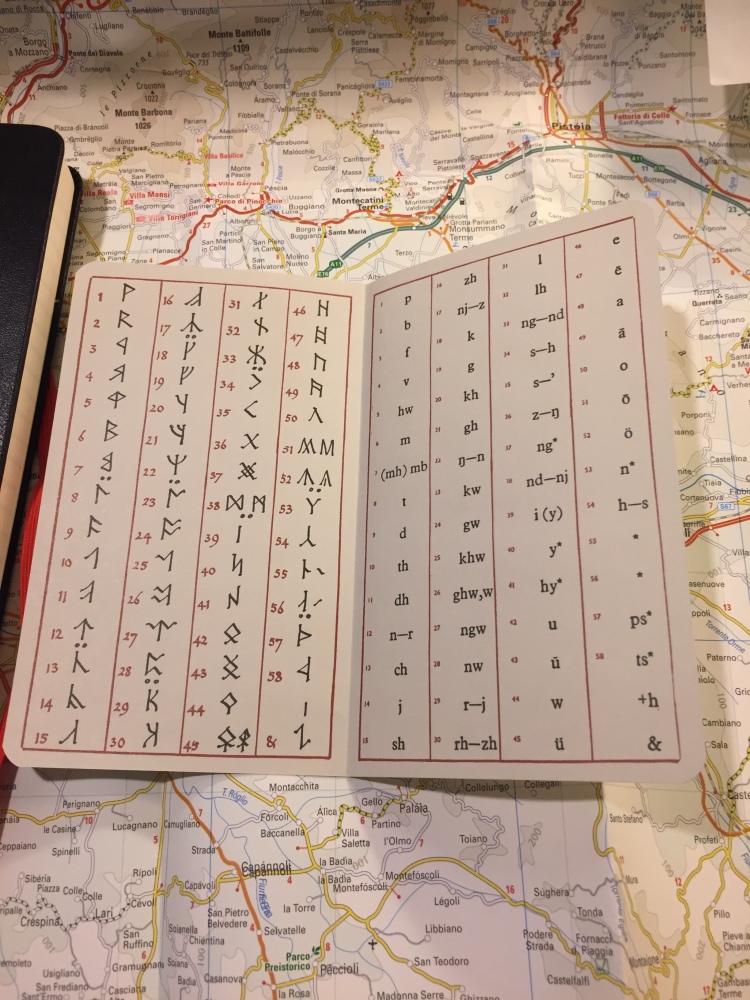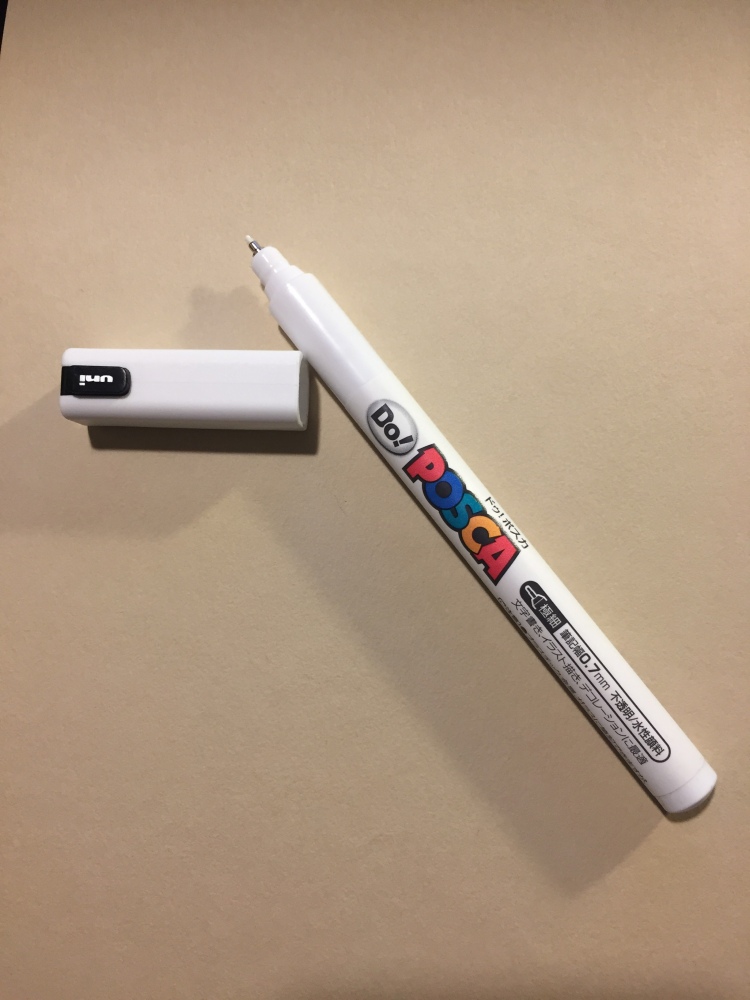How to Buy Your First Vintage Fountain Pen
- First, set a budget. Vintage pens are no different than modern pens in this respect, but somehow vintage fountain pen buying guides tend to skip this step. You can get great vintage fountain pens for under $50 and well over $500. Pick a number you’re comfortable with, and stick to it, no matter what.
- Decide why do you want a vintage pen:
- Flex – You’re looking to add line variation to your writing or drawing. Apart from dip pens, vintage fountain pens are the cheapest way to get that desirable flex. No modern fountain pen, despite any manufacturer promises, offers the line variation of a vintage flex fountain pen, and the premium you pay for a bit of springiness in modern nibs is painfully high. Vintage fountain pens also offer flex “combos,” such as italic flex, needlepoint flex, etc. And if you’re considering the Noodler’s fountain pen lineup, I recommend going dip pen instead. They require less fiddling and are more reliable.
- Gold/Specialty Nib – You want to get into gold nibs as cheaply as possible, or you want non-standard nib configurations (a fountain pen that works on carbon copy paper, perchance?). You can get fantastic gold and crazy nibs on vintage fountain pens for much, much less than certain manufacturers ask for a generic steel nib pen with a colourful plastic body.
- Looks – You can find a vintage fountain pen that utterly matches your style, whether it’s an understated elegant pen, a stunning showstopper one, or an out of this world wacky wildcard pen. Did I mention also that these lookers will likely cost you much less than any modern equivalent?
- History – You’re looking for something with a past, with a story. It can be something that’s passed down the family, a treasured pen found in an estate sale and begging to be researched, or a bold attempt by a brazen small company to create something completely new.
- Quirkiness – Things were wild in the heyday of the fountain pen, and you want a piece of that. Retractable and adjustable nibs, crazy filling mechanisms, pens made out of strange materials: works of genius and madness that call out to you.
- Collectable Value – This is the first thing people think about when they hear about vintage fountain pens, and there’s a reason it’s the last on my list. If this is what interests you, I highly recommend walking away before you even start. This isn’t a money making venture. There are no great deals or finds to be made. All the good ones have been taken long before you, and are now passing from hand to hand, available only to people in the know. If you get into vintage pens for another reason and then decide you want to collect a few of the same kind, maybe nab one that’s a bit hard to get – fine. Otherwise, you’re getting into a losing game.

Ugly no name lever filler with phenomenal gold wet noodle nib and feed, in utter user-grade condition. Bought for $30. - Your next move depends on what you chose in the last step:
- Flex – Get thee to a vendor. Writing samples on the internet are lovely, and they’re a great way to shop for inks. Vintage flex needs to be held in hand and tested. Go to a pen show or a vendor and specifically ask for pens with a flex nib. Then ask to dip them, and try writing with them. Be very gentle at first, until you figure out how the nib works. The magic of vintage flex isn’t so much the nibs themselves, it’s the feeds. A good vintage wet noodle can keep the ink flow going even when you’re writing in giant poster letters. A modern pen’s feed will give up and you’ll end up with railroading. Things to remember:
- A vintage flex nib may look wonky (dropping, slightly wavy). Ignore that – the test is in the writing. If the vendor won’t allow you to dip test, say thank you politely and walk away.
- You’re interested in the nib, not the pen. Ask if the filling mechanism works (99% of the time vintage flex are lever fillers), and check the body for cracks. That’s it. It can be a black chased hard rubber (BCHR) Waterman brown with discolouration, brassing, and 3 different personalizations, it shouldn’t matter. You’re there for the nib, and the uglier the pen, the cheaper it’s likely to be. Vendors used to not even repair these ugly ducklings until recently, when the interest in vintage flex spiked and people figured out that you can get a wet noodle for $30.
- The maker doesn’t matter. Waterman made great vintage flex nibs, but people know that, so you’re going to pay a premium for it. Some of my best flex nib pens are from no-name small manufacturers, and I got them all for a song. Waterman is great, just don’t get locked in to looking only at them. Test the nib and let it speak to you.
- If you want to be extra sure that the pen works, ask the vendor to fill the pen for you once you’ve completed the purchase but before you’ve left the table. Just don’t forget to empty the pen out if you’re going on an airplane later on.
- Never touch a pen, especially not a flex nib pen, without talking to the vendor first.
- Flex – Get thee to a vendor. Writing samples on the internet are lovely, and they’re a great way to shop for inks. Vintage flex needs to be held in hand and tested. Go to a pen show or a vendor and specifically ask for pens with a flex nib. Then ask to dip them, and try writing with them. Be very gentle at first, until you figure out how the nib works. The magic of vintage flex isn’t so much the nibs themselves, it’s the feeds. A good vintage wet noodle can keep the ink flow going even when you’re writing in giant poster letters. A modern pen’s feed will give up and you’ll end up with railroading. Things to remember:

-
- Gold/Speciality Nib – Much of what applies to flex nibs applies to these types of nibs. Unlike with flex nibs, online shopping for vintage gold/specialty nib pens is an option, but going to to a pen show or a vendor and try them out is still the best and safest approach. Don’t buy for the pen’s looks or condition (beyond checking that it works and there are no visible cracks), but for how it feels to write with this nib. Things to remember:
- Great vintage pens with gold nibs are very common. If the price for a pen is high, you’re not paying for the nib, you’re paying for something else. Walk away.
- If you just want your first gold vintage fountain pen, I recommend the Parker 51. You can get a great one for well under $100 (often under $50 if the body’s been personalized), so long as you aren’t fixated on one of the rare colours or an early year. Focus on aeromatics, in Black, Navy Grey, Burgundy, Forest Green, Midnight Blue, Teal Blue with a lustraloy cap. You pay a premium for special colours, caps in gold and sterling silver, red band vacumatic filling systems, and the cap condition. If the cap is dinged or lost its frosting, or if the pen is personalized, you can get it for a song. The Parker 51 nibs are PHENOMENAL. There’s absolutely nothing like them, and they make your writing look great. This is a large part of their appeal. The nibs aren’t graded, and most of them are in the fine-to-medium range. Just make sure there’s plenty of tipping material when you buy the pen (try out the pen and feel if it’s scratchy/look at the tip/ask to see a close up of it when buying online). The Parker51 website and the Parker forum on the Fountain Pen Network are a great place to learn more about these pens.
- Speciality nibs are harder to find, so focus on two companies: Esterbrook or Pelikan. Both made great pens with a wide variety of interesting nibs, and both can be had relatively cheaply. These pens were also built like tanks, so they’re very likely to be in great working condition when you buy them, just be sure to ask. If you’re in Europe, Pelikans will be cheaper for you to acquire, and if you’re in the US Esterbrook is your friend. These are also pens that you can buy online relatively safely. Start with the Fountain Pen Network Esterbrook/Pelikan forums (FPN is still the #1 resource for vintage fountain pens), Esterbrook.net or the Pelikan’s Perch to educate yourself and purchase pens. I’ve purchased great vintage Pelikans from Berlin Collectibles, but again, I’d recommend trying the pen in person before going to the online shopping route. Esterbrook is going to be significantly cheaper than Pelikan, and you can buy one pen body (I recommend the J) and several nib units. But Pelikan has phenomenal OB, OBBB, OBBBBB… nibs that Esterbrook just never made.
- Gold/Speciality Nib – Much of what applies to flex nibs applies to these types of nibs. Unlike with flex nibs, online shopping for vintage gold/specialty nib pens is an option, but going to to a pen show or a vendor and try them out is still the best and safest approach. Don’t buy for the pen’s looks or condition (beyond checking that it works and there are no visible cracks), but for how it feels to write with this nib. Things to remember:


-
- Looks – this is probably the hardest one to give recommendations for, except go to a pen show and look around to see what catches your eye, but there is one thing worth noting. If there’s a particular design you like but it’s beyond your budget, look for “knock offs” made in the same era. Smaller makers made great pens “inspired” by more expensive ones made by the big manufacturers. You can get a Parker Vacumatic Golden Web look alike for $50-$80, gold nib and all, and only you’ll know that it’s a lever filler made by a no-name Italian maker and not the real deal (don’t sell it as such, though).
-

Waterman, bought for the crazy look and the superflex nib. Notice how the nib looks dented. - History – tell friends and family that you’re into fountain pens, and you’ll likely be inundated with old pens that they’ve found in the back of desk drawers. Most of them will be ruined, but you may get grandpa’s Parker 51, or grandma’s Esterbrook nurse pen, you never know. If it’s something from the family, I recommend investing in having it professionally repaired and restored if the history aspect interests you. Otherwise, this category of purchase requires dedicated research. I’d check the Fountain Pen Network, and go on from there. If you like to know that your pen had a past, skip stickered pens and go for personalized ones and you’ll also save a lot of money.
- Quirkiness – this is the most fun category. Go to a pen show or vendor and ask if they’ve got anything strange. A pen with a weird body design/colour. A pen with a strange filling mechanism. Something wild engineering attempt to make the pen leak proof. The prices here can vary a lot, depending on whether the pen works or not, and if you plan on restoring one of these and they have a strange nib or filling mechanism take into account that it will add a lot to the price, and not every restorer will take the job. I wouldn’t start with one of those.
- Collectable Value – don’t. If you really, really want to, go to the relevant Fountain Pen Network forum and check what everybody’s wild about. Don’t go by what eBay sellers call “rare,” and remember that not everything that’s rare is desirable.








